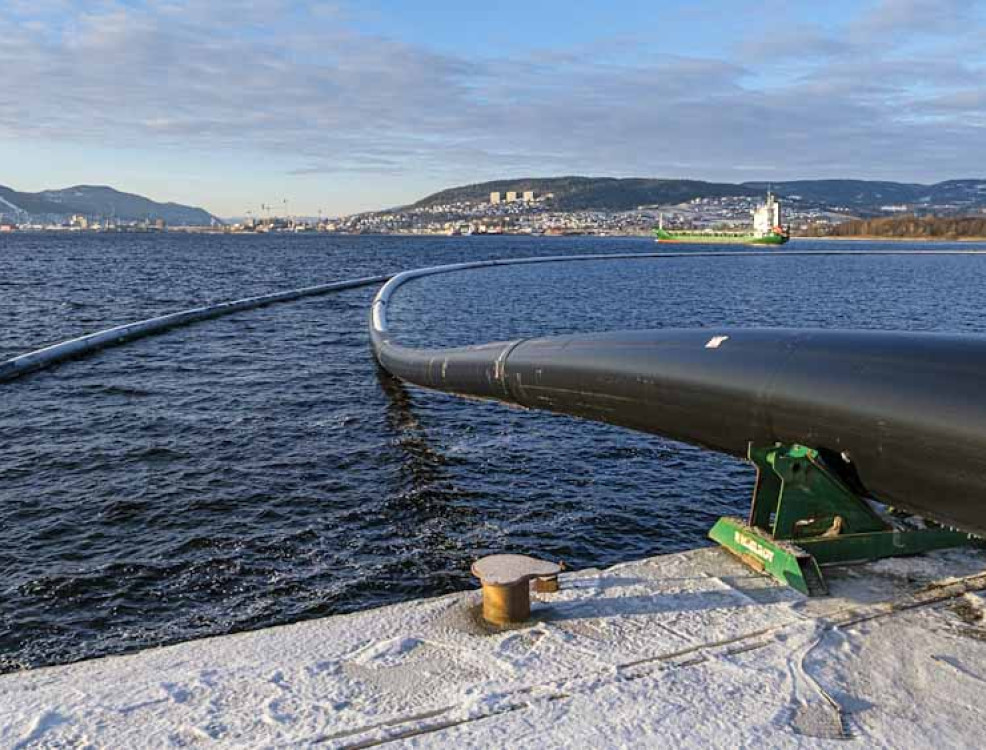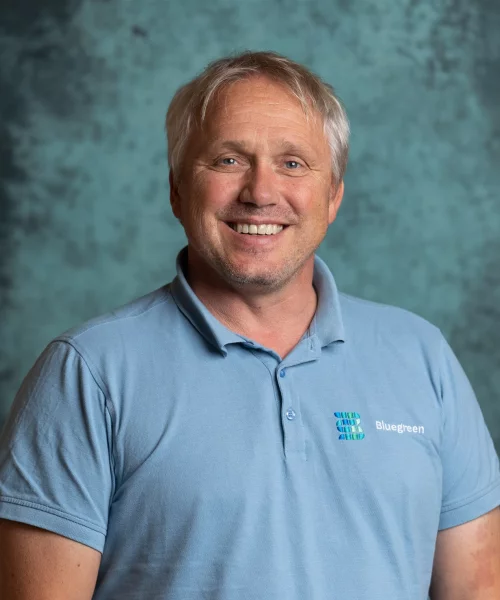PE fusion with the High Force method (SHP) is faster, and provides more meters of wire per working hour - without compromising on quality. Our HSE and HR manager Elg Ragnar Thunes explains what the method entails, why it should be considered and used more in Norway - and why it should not be discouraged.
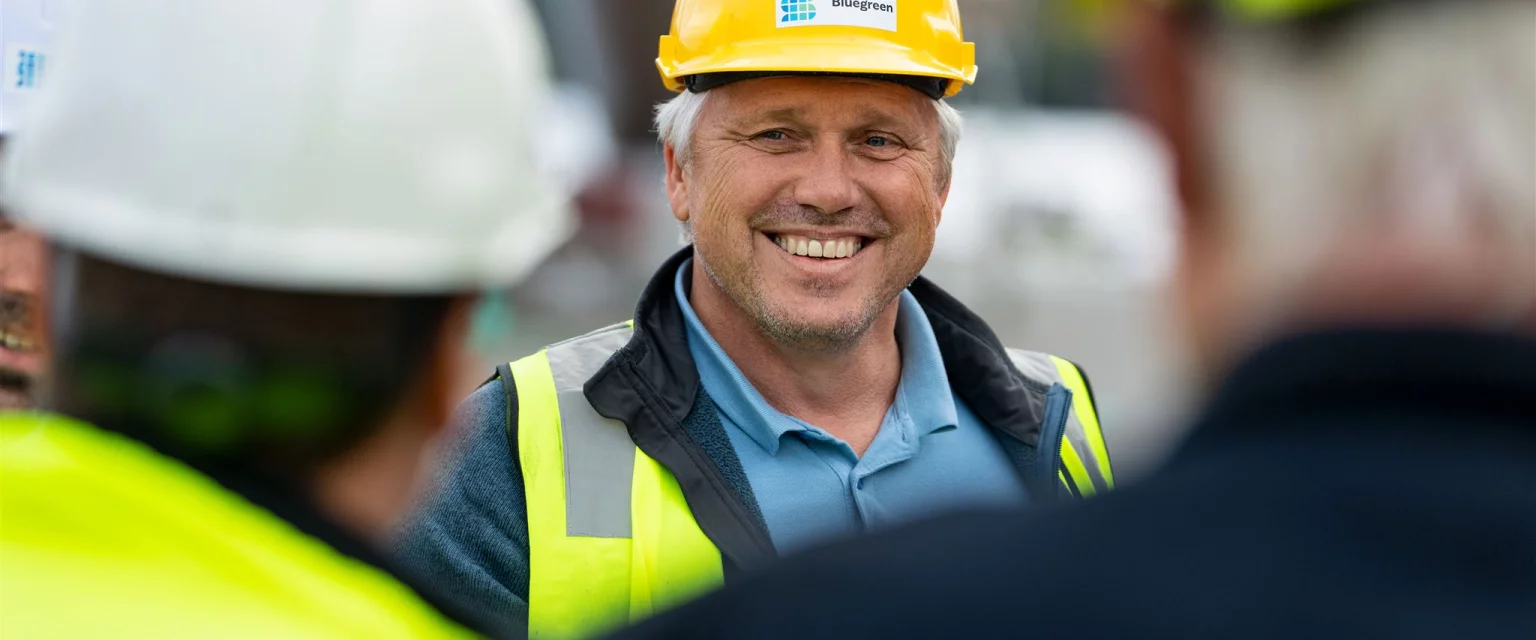
The High Force method is an ISO approved method for PE fusion. It is faster, creates better progress on installations and is more cost-effective for the line owner. Also on water pipes with high pressure that will lie in the ground for over 100 years.
It is a proven and well-documented method that is widely used in other parts of the world. We think it is...
Many good reasons why the method should also be used in this country
No good reasons to advise against the method, as the Nordic plastic pipe group does today
In this article I will say a little more about both.
At Bluegreen, we specialize in advising, designing, and executing plastic welding projects. We design and weld "everything" in plastic and are a competence center with leading international expertise in thermoplastics. PE welding for VA and aquaculture is an important part of what we do.
During the winter and spring of 2023, we are fully engaged in the construction of a 22,000 cubic meter floating tank that will become a closed cage for fish farming at sea. This is an exciting project and a rewarding challenge for our expertise and solutions.
This type of innovative project means that both we as plastic specialists, the plastic material, and the water and aquaculture industries are taking significant steps forward. We must develop and establish new welding methods and procedures for this, as it is custom building that has not been done before.
We also make waterproof and recyclable PE water chambers, approved according to VA Miljøblad 112, and built in our workshop in Skien.
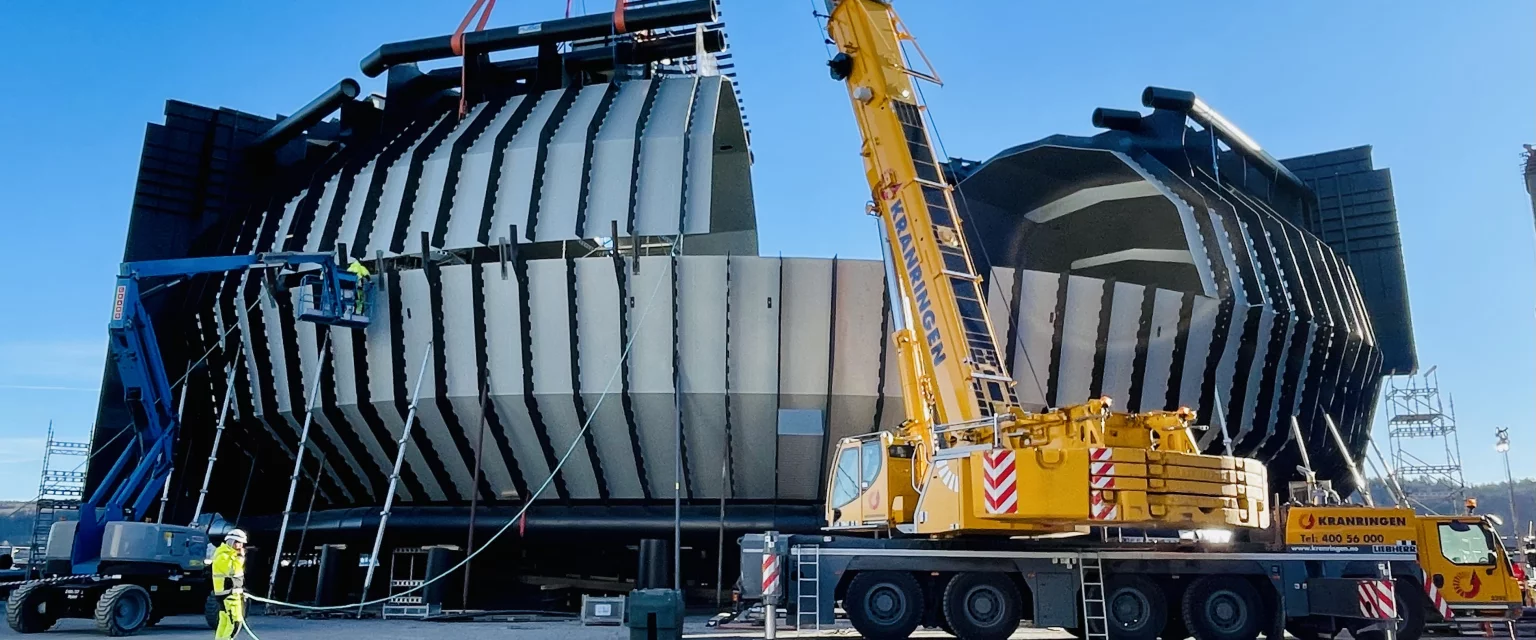
Much of what we do involves welding using the High Force method. We also do a lot of welding of PE pipes according to the standard Norwegian method.
We are also a machine importer, serving as a distributor for welding machines from the American company McElroy. The family-owned company is headquartered and manufactures in Tulsa, Oklahoma. Since the 1950s, McElroy has been driving the development of welding machines. Technological innovations in welding machines play an important role in the larger picture mentioned earlier. McElroy has a worldwide turnover of approximately one billion Norwegian kroner solely from the production and sale of welding machines and equipment for thermoplastics.
This winter, we will be using the country's first example of a new McElroy Trackstar 900i, a self-propelled track-mounted welding machine with data control and logging of welding.
Read also: We become McElroy distributor
Some may see McElroy welding machines and the High Force method as one and the same. This is not correct.
McElroy welding machines can weld according to all relevant methods and standards, whether it is High Force, INSTA-2072, German DVS welding or any other standard. Welding according to any standard and method can be done with exactly the same machine, only with different settings.
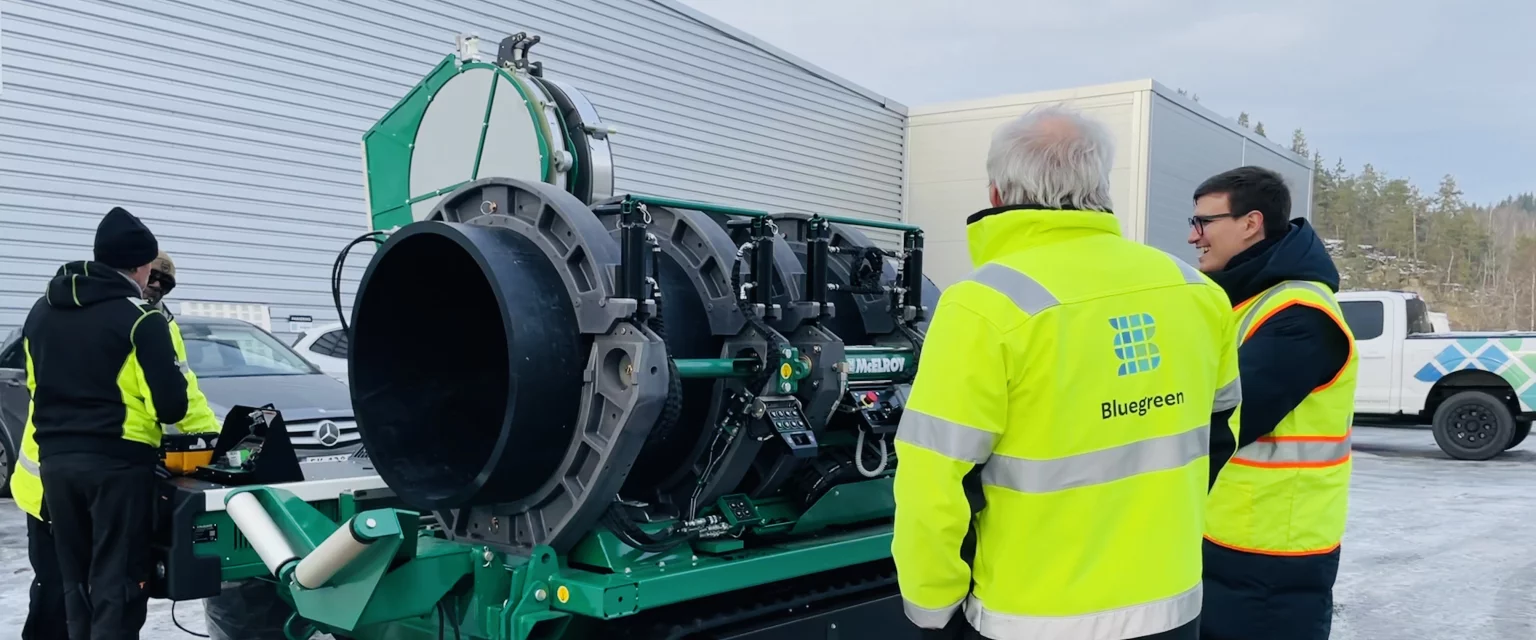
In a previous post on Rørbloggen, Henrik Carlsson criticized the SHP welding method, which refers to PE welding after what is called both "High Pressure" and "High Force". We use the latter term.
The difference between SHP and the more commonly known SLP "Low Pressure" methods in this country is that the "High Force" method relies on the welding machine pressing the pipe ends together with higher pressure in the welding and cooling phase. This higher pressure results in shorter cooling time per joint and thus more meters of cable produced per day.
Read also: High-force as good as Insta 2072
Simply put, this is the most important reason why the method should be considered and used more. Shorter time per joint, more joints, and more meters of cable per day. Labor is one of the most costly input factors in the construction and water and sewage industry. Methods and equipment that can get more meters of cable out of each working hour will quite simply result in more meters of cable within a given budget.
Every day, we see concrete examples that faster welding is more productive and enables us to get more production out of each working hour.
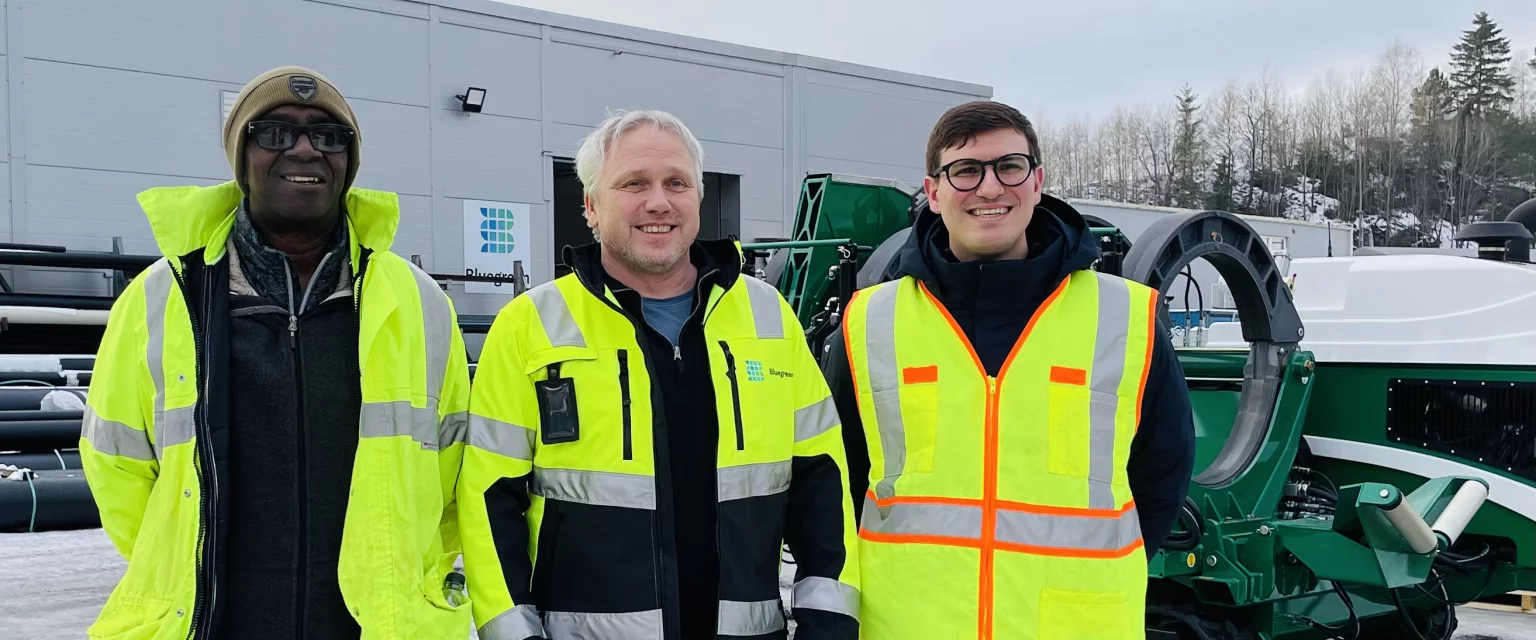
Time and money are important, but not everything. Anyone who professionally welds PE knows that quality is more important than speed, ten out of ten times. It doesn't help that we have finished welding a couple of kilometers of water pipeline one day faster than planned if a poor weld joint makes the pipeline unusable after it has been buried or lowered in the fjord. PE pipes have a very long lifespan on the material, including properly executed welds.
Quality trumps speed - always. But that quality is also controlled by other things than whether the welding machine presses the pipe ends together with high or low pressure.
Two particularly important factors:
Changeover time - the time from when the heating plate is removed until the pipe ends are pressed together. It should be as short as practically possible. Every second of changeover time reduces the quality of the finished weld and increases the risk of the weld surface being contaminated.
Consistency - that all welds in a pipeline are as similar as possible to the procedure weld. This means that the first and last weld in the pipeline - and all in between - should be identical.
Changeover time and consistent quality on all welds have nothing to do with high or low pressure. Here we know that well-trained personnel, modern welding machines, good procedures, and well-organized welding stations are crucial.
Regardless of which welding standard is chosen, welding work must be carried out in a controlled and professionally correct manner.
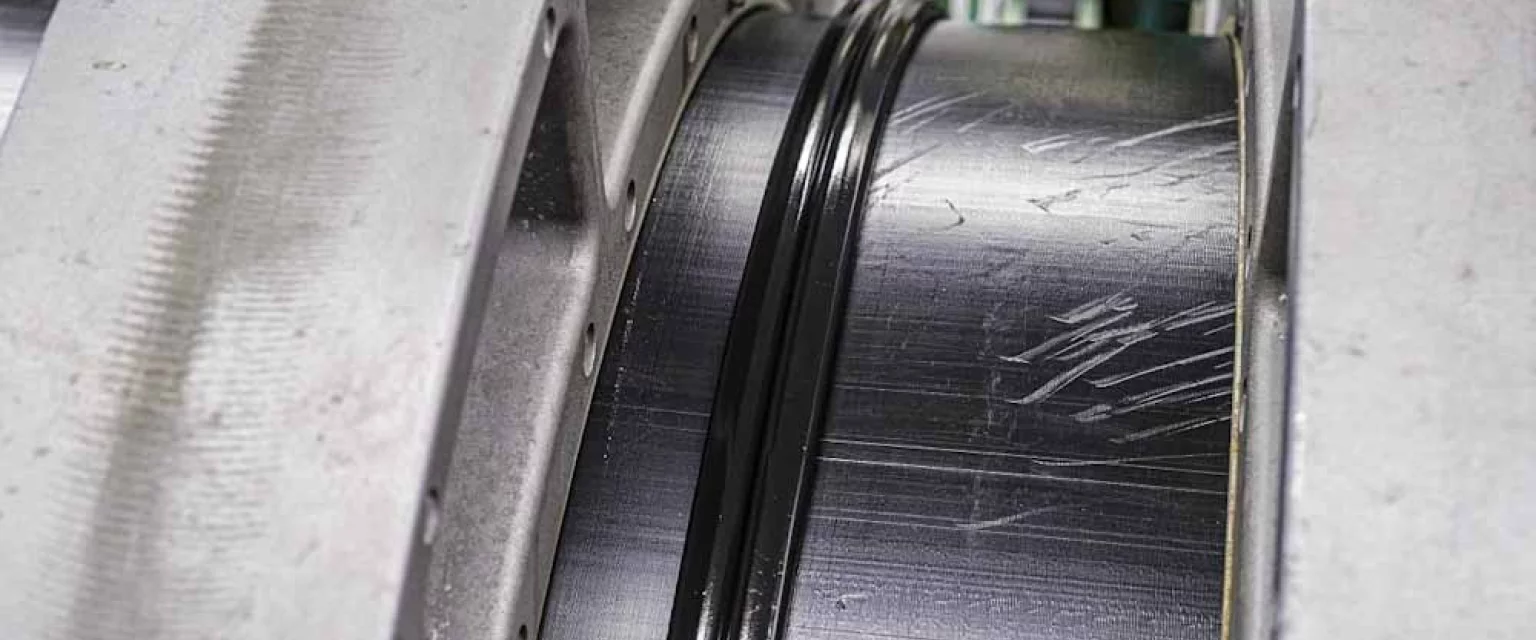
At Bluegreen, we know that fusion machines with a high degree of automation make it easier to both reduce setup time and maintain maximum repeatability on the welds in a wire.
During the training on the new Trackstar machine in January, we were able to keep setup time down to 6-7 seconds already from the first weld of Ø900 SDR 21, to mention one example.
Read also: TracStar® iSeries: - A new standard in plastic pipe welding
Then we have the other: There is no good reason to discourage the use of the High Force method.
Henrik Carlsson argues that the SHP method is poorly documented in long-term properties. The Nordic plastic pipe group is also skeptical of the method, and the members of the group discourage the use of the method in welding their pipes in pressurized water pipelines in permanent installations.
It is important to emphasize that I do not wish to criticize the opinions of others, only to correct what we consider to be factual errors and incorrect representations.
Carlsson writes in the article about the SHP method that in the USA and Canada, it has been used to "...weld landfill gas pipelines, mining pipelines, and the like (...) to move drilling mud for 10 years."
Thus, these are pipelines with implied low requirements for durability and lifespan. This is not correct, and I believe it is a serious underestimation of what PE is used for in the USA.
The USA has longer experience than most countries with the use of PE in pipelines. Virtually all water pipelines, including pressure-bearing drinking water pipelines, and over 90 percent of pressure-bearing gas pipelines are built with PE. PE is also used in nuclear power plants (!), in addition to its use in mining.
The vast majority of PE in the USA has been welded with the High Force method for over 50 years. The method is also increasingly used in other parts of the world, including the rest of America and Australia. South Africa has also recently accepted and adopted the method.
It is well documented that High Force welds pass pressure testing and tensile testing just as well as low-pressure welds.
Tests have been conducted in the USA over the years, by both the Plastic Pipe Institute in Dallas, Texas, and the Nuclear Energy Institute in Washington DC. Hydrostatic tests and years of experience give no indication whatsoever that High Force welds have lower quality or shorter lifespans than welds made with lower pressure in the cooling time.
We acknowledge that documentation from other countries may not necessarily be accepted as sufficient documentation on the properties that the plastic pipe industry and pipeline owners in the VA industry in Scandinavia require. We are also interested in establishing documentation on the method that can build up the method's credibility and remove some of the ignorance and fear that we see in the plastic pipe industry.
It is important to remember that standards and requirements for PE welding for use in demanding VA installations are an area of constant change and development. That our domestic INSTA-2072 standard replaced the INF standard last year is precisely a result of this, with changed welding procedures and longer welding times.
We have not reached the end of the development, only a little way along the road. It is a road that leads us ever further towards better welding and towards PE as a better and more competitive pipe material.
The High Force method has its natural place on that road, as an important alternative to INSTA 2072 and other standards.
Read also: High-force just as good as Insta 2072
Serious actors at all levels in the industry have a common obligation to contribute to development and innovation, for the benefit of our real customers: the cable owners - and then you and me, who pay water fees in our municipalities.
The country is facing a tremendous need for upgrading its VA infrastructure, and we will lack knowledge and capacity at all levels. Therefore, we must turn every stone and look behind every door, searching for opportunities to build more meters of new cable for the money, with good quality and at the lowest possible cost.
We can and should make PE an even better and more competitive piping material, and we must ensure more pipeline for our money.
As a specialist community, we have common interests with pipe manufacturers, welding contractors, and other actors in developing Scandinavian documentation also on the faster welding methods.
We must take an active role in this ourselves, and we look forward to a close and good dialogue with other actors in the industry about technology and methods that will bring the development forward.
